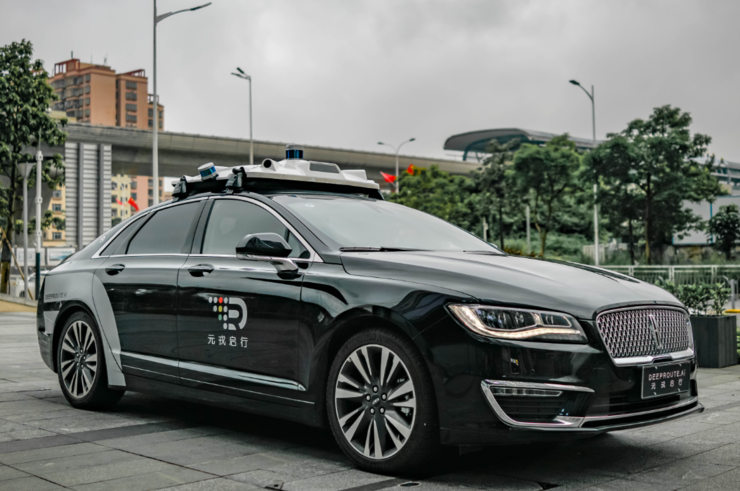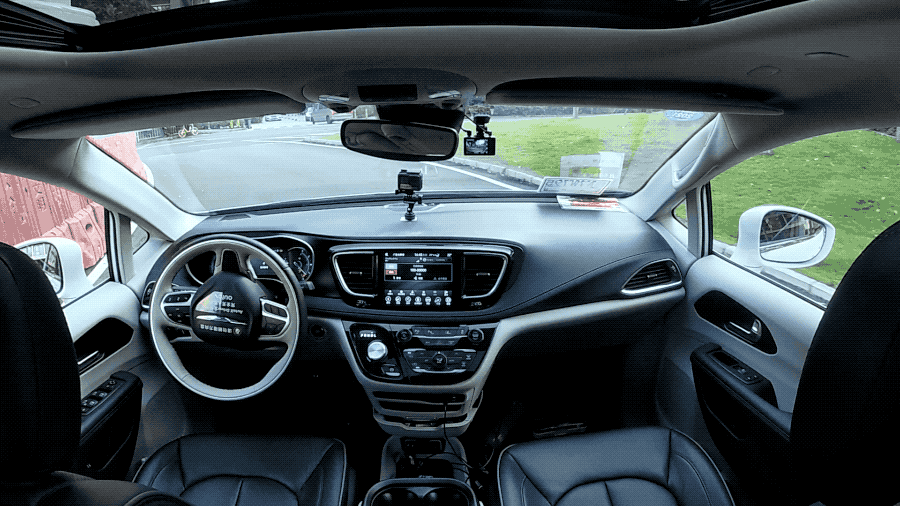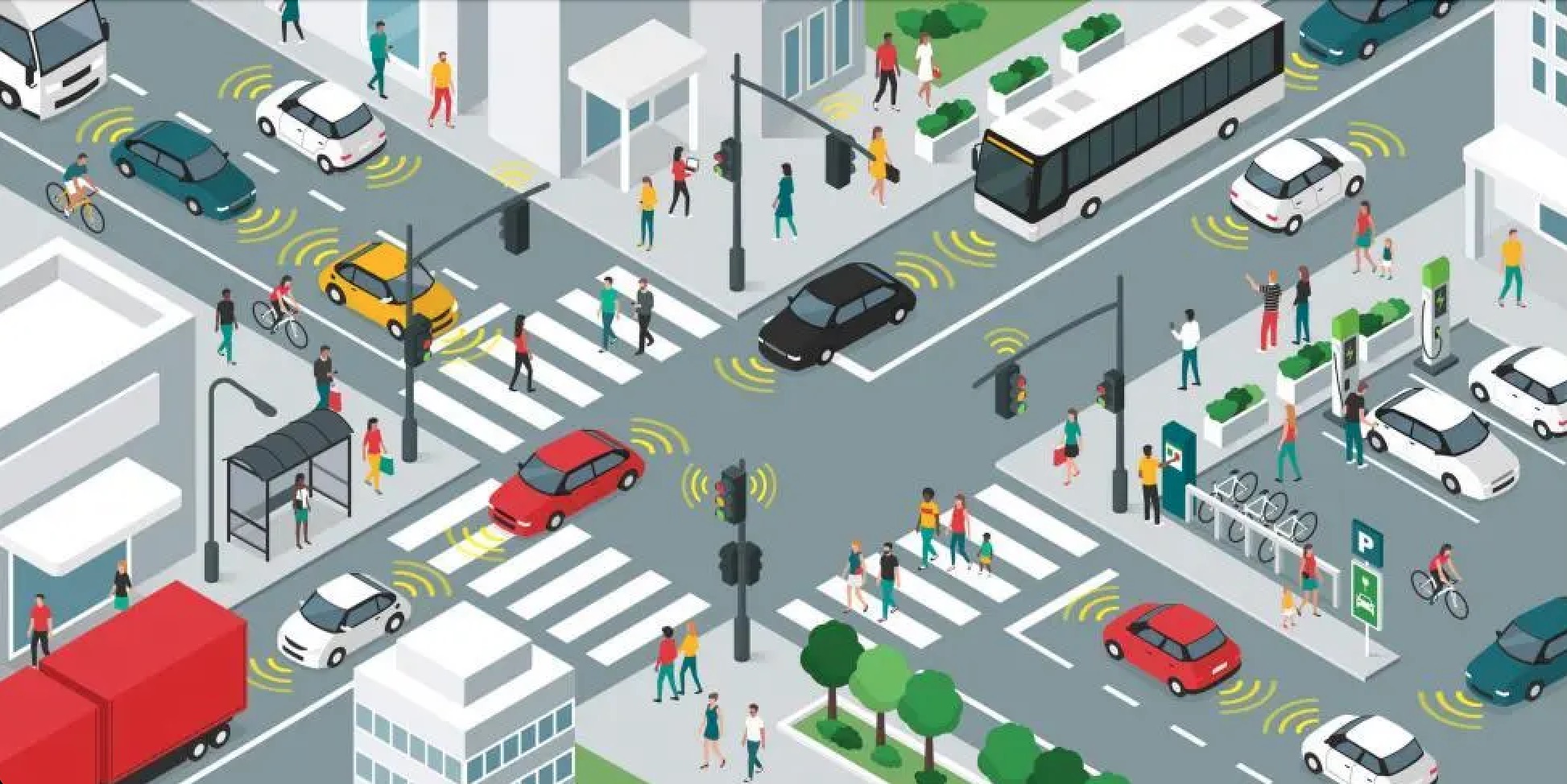(Cover image source: Frost & Sullivan)
Recently, the Office of the Standing Committee of the Shenzhen Municipal People’s Congress announced the “Regulations on the Management of Intelligent Connected Vehicles in the Shenzhen Special Economic Zone (Draft for Soliciting Opinions)” (hereinafter referred to as the “Regulations”) and publicly solicited opinions from the public. The “Regulations” fully utilize the legislative power advantage of Shenzhen Special Economic Zone, promote the commercialization of unmanned driving, and the core information is as follows:

Allow unmanned vehicles without drivers on the road: The “Regulations” stipulate that intelligent connected vehicles conducting road tests or demonstration applications should be equipped with drivers in accordance with regulations. However, for intelligent connected vehicles with highly automated driving and fully automated driving conducting road tests or demonstration applications, after safety evaluation and approval by relevant municipal competent authorities, and with corresponding safety measures in place, the vehicles can be allowed on the road without drivers.
City-wide opening at the district level: The municipal government can choose administrative districts with relatively complete vehicle-road cooperative infrastructure to open up road tests, demonstration applications, and commercial pilot projects for intelligent connected vehicles on a city-wide level. “Currently, Pingshan District plans to open up on a city-wide level.”
Division of responsibility for accidents involving autonomous vehicles: If an intelligent connected vehicle equipped with a driver commits a traffic violation, the traffic management department of the public security organ will punish the driver according to the law; if the vehicle is responsible for a traffic accident, the driver of the vehicle should bear corresponding compensation liability; if a traffic accident is caused by a quality defect of the intelligent connected vehicle, after the driver bears the compensation liability in accordance with the law, they can seek compensation from the vehicle’s producer or seller.
If an unmanned intelligent connected vehicle commits a traffic violation, the traffic management department of the public security organ will punish the controller or owner of the vehicle according to the law; if the vehicle is responsible for a traffic accident, the controller or owner of the vehicle should bear corresponding compensation liability; if a traffic accident is caused by a quality defect of the intelligent connected vehicle, after the controller or owner of the vehicle bears the compensation liability in accordance with the law, they can seek compensation from the vehicle’s producer or seller.
For unmanned intelligent connected vehicles, if a traffic violation or accident occurs during the continuous execution of all dynamic driving tasks and the dynamic handover process using the autonomous driving system, the controller of the vehicle shall bear corresponding legal liability; for traffic violations or accidents caused by improper management, use, or maintenance of the vehicle, the owner of the vehicle shall bear corresponding legal liability.
 Insurance Compensation: If a traffic accident occurs while the intelligent connected vehicle is in autonomous driving mode and the intelligent network-connected vehicle bears responsibility, the insurance company shall provide compensation within the limit of liability of the insurance responsibility. The responsible party shall bear the compensation liability for the part that is not covered. The “Regulations” also stipulate that intelligent network-connected vehicles must purchase mandatory traffic accident liability insurance with a minimum insurance amount of no less than RMB 5 million for third-party liability insurance for motor vehicles. Intelligent connected vehicles with passenger-carrying functions should also purchase motor vehicle passenger liability insurance. The “Consultation Draft” also clarifies the insurance compensation mechanism, which prioritizes public rights protection. The development of other liability insurances for intelligent network-connected vehicles is encouraged.
Insurance Compensation: If a traffic accident occurs while the intelligent connected vehicle is in autonomous driving mode and the intelligent network-connected vehicle bears responsibility, the insurance company shall provide compensation within the limit of liability of the insurance responsibility. The responsible party shall bear the compensation liability for the part that is not covered. The “Regulations” also stipulate that intelligent network-connected vehicles must purchase mandatory traffic accident liability insurance with a minimum insurance amount of no less than RMB 5 million for third-party liability insurance for motor vehicles. Intelligent connected vehicles with passenger-carrying functions should also purchase motor vehicle passenger liability insurance. The “Consultation Draft” also clarifies the insurance compensation mechanism, which prioritizes public rights protection. The development of other liability insurances for intelligent network-connected vehicles is encouraged.
Violation Handling: If a traffic violation occurs with an intelligent connected vehicle equipped with a driver, the traffic management department of the public security organs shall impose punishment on the driver according to law. If an intelligent connected vehicle without a driver commits a traffic violation, the traffic management department of the public security organs shall impose punishment on the vehicle controller or owner according to law.
Vehicle-Road Cooperative Responsibility Division: If the intelligent connected vehicle obtains data and information from the vehicle-road cooperative infrastructure for free, the owner and manager of the vehicle-road cooperative data and information shall not be responsible for the accuracy, completeness, and availability of the data and information, except where otherwise agreed.
Passenger Transportation Operation: To carry out road transportation operations using intelligent connected vehicles, it is necessary to obtain a road transport operation permit and a road transport certificate. Charging fees for road transportation operations using intelligent connected vehicles is permitted, which was not allowed nationwide before. Specific charging methods shall be formulated separately by the municipal transportation department. The provision of diversified services, such as customized travel, community travel, night travel, and emergency support, by intelligent connected vehicles is encouraged.
Network Security: Enterprises related to intelligent connected vehicles should obtain network security testing and certification according to the requirements of the city’s Internet information department, establish a network security evaluation and management mechanism according to law, and prevent network data leakage, theft, and tampering.
🔗Information source: Shenzhen Municipal People’s Congress Standing Committee
This article is a translation by ChatGPT of a Chinese report from 42HOW. If you have any questions about it, please email bd@42how.com.
